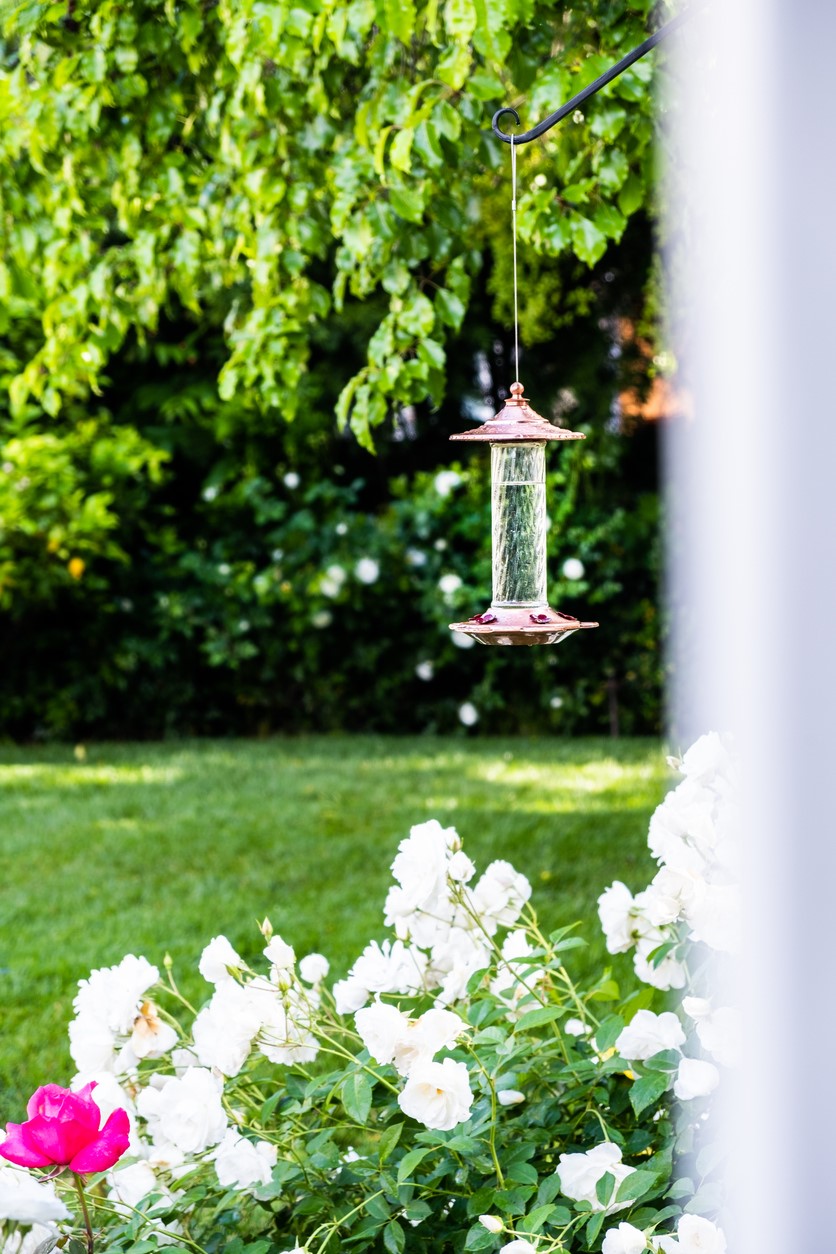Optimal Placement for Your Bird Feeders

Image by Lemanieh from iStock
The strategic placement of bird feeders in your yard can significantly impact the variety and number of birds that visit. It’s not just about finding an open spot; it’s about creating a safe and inviting environment for your feathered guests.
Visibility, Safety and Accessibility
Locate feeders in a quiet area that reduces the risk of bird collisions with windows. Keeping feeders about 10-12 feet from natural shelter such as trees or shrubs offers birds a quick escape from predators while providing natural cover for more timid species to observe the feeder before approaching.
Visibility is critical for both the birds and your viewing pleasure. Position feeders where they can be easily seen from your house but far enough away from windows to prevent accidents.
Birds need to feel secure, so placing feeders in an exposed location may discourage some from visiting. A balance between visibility, safety, and accessibility is crucial.

Sunlight and Wind
Consider the sun’s path when positioning your feeders. Placing feeders in a spot that receives morning sun can be particularly appealing to birds, warming them during the cooler hours.
However, too much direct sunlight can spoil food quickly, especially in hotter months, and shaded areas may help preserve the food’s freshness longer.
Image by GeorgeB2 from Pixabay
Another critical aspect to consider is the wind, so place feeders in areas that offer some protection from strong winds. Protection from wind prevents seeds from dispersing and makes it easier for birds to perch and feed during windy conditions.
A slightly sheltered location can also protect feeders from extreme weather, extending the life of the feeder and keeping the food dry and mold-free.

Accent the Landscape
For those with a garden or yard, incorporating feeders into the landscape can enhance the natural appeal and encourage more birds to visit.
Planting native flowers, shrubs, and trees around feeders can provide additional natural food sources and bird nesting materials, creating a comprehensive habitat in your backyard.
Image by Bang from iStock
Lastly, the proximity to your house is essential for maintenance and refilling. Placing feeders within easy reach allows for convenient filling, cleaning, and observation of any issues, such as squirrel damage or aggressive birds.
Regular monitoring and maintenance are easier when placing feeders near your living spaces.
Thoughtful placement of bird feeders takes into account the safety, comfort, and nutritional needs of birds while ensuring an enjoyable viewing experience. With some planning, your yard can become a haven for a diverse array of backyard bird species.
Remember, the goal is to mimic the birds’ natural habitat as closely as possible, making your backyard an irresistible stopover for the local bird population.


